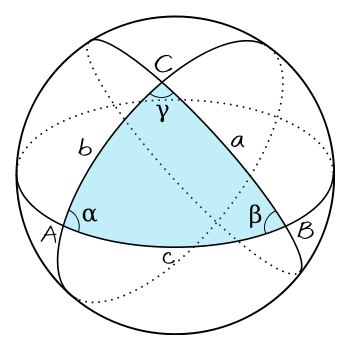Question #bc37c
1 Answer
May 25, 2017
Take the largest exponent in the function and you've got the order
Explanation:
Let's say for example we have the function
This equation's highest exponent is 3, so it is of the third order.
It gets trickier when it is under parentheses or not fully expanded, take the following equation as an example:
To tackle these ones, expansion is needed. In this case the highest exponent will come from the
Hope that helps!

